Are you trying to make sense of shoulder pain? Understanding shoulder injuries is key to finding relief and avoiding further damage. This article homes in on the causes, symptoms, and treatments for the most common shoulder injuries—equipping you with essential knowledge for tackling pain and promoting healing. Start your recovery journey now by discovering what your shoulder is signaling.
Key Takeaways
- The shoulder is prone to various injuries such as rotator cuff tears, frozen shoulder, shoulder dislocation, and tendonitis, each requiring different diagnostic and treatment approaches.
- Treatment options for shoulder injuries range from conservative methods like physical therapy and medications to surgical interventions, including minimally invasive techniques and robotic surgery, with post-surgical rehabilitation critical for recovery.
- Preventing shoulder injuries is paramount and can be achieved through proper posture, ergonomically adjusting the workplace, correct exercise techniques, and consistent shoulder-strengthening exercises.
Types of Shoulder Injuries
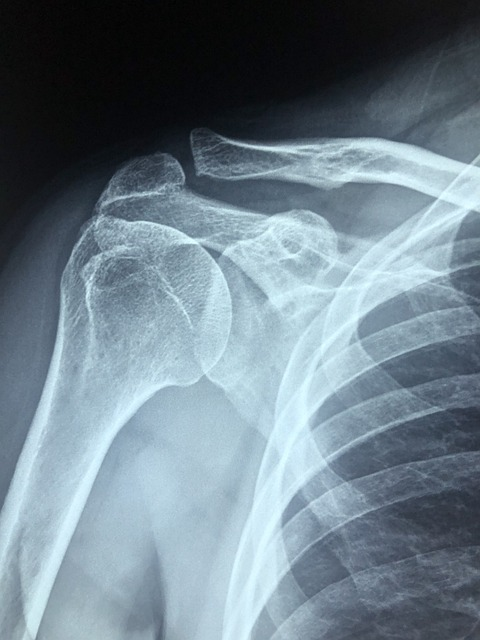
The shoulder is susceptible to a host of injuries, each with its unique causes, symptoms, and treatment strategies. Some of the most common shoulder injuries include:
- Rotator cuff tears
- Frozen shoulder
- Shoulder dislocation
- Tendonitis
We will delve into the specifics of these injuries next.
Rotator Cuff Tears
A rotator cuff tear is a common shoulder injury, particularly among individuals over 40. This injury occurs when one or more of the rotator cuff tendons, which attach the shoulder muscles to the bone, tear. This tear causes shoulder pain and decreased range of motion, which can significantly impact daily activities. Rotator cuff problems, such as rotator cuff tendinitis and rotator cuff tendonitis, are linked to certain risk factors such as high blood pressure. This suggests a connection between heart disease risk factors and rotator cuff tears.
Diagnosis of a rotator cuff tear typically involves a physical examination and imaging tests, such as MRI or ultrasound. These tests allow healthcare providers to visualize the shoulder’s internal structures, confirming the diagnosis and guiding the appropriate treatment plan.
Frozen Shoulder
Adhesive capsulitis, commonly known as frozen shoulder, is an inflammatory condition resulting in shoulder stiffness and pain, significantly limiting the passive range of motion. It affects 2% to 5% of the general population, with an average onset age of 55 years, and is slightly more prevalent among females. The condition progresses through three phases:
- An initial painful phase with disabling pain, which may include referred pain
- A frozen phase marked by progressive limitation in range of motion
- A thawing phase where shoulder mobility gradually returns
The progression of adhesive capsulitis involves initial joint capsule and synovial fluid inflammation followed by reactive fibrosis and the development of adhesions. It can arise following an injury, a heart attack, a stroke, and is more common among those with diabetes who have insulin production issues.
Shoulder Dislocation
Shoulder dislocations are another common shoulder injury and can be caused by traumatic injury or overuse. The humerus, or the upper arm bone, can move forward in an anterior dislocation or backward in a posterior dislocation, often associated with seizures or electric shocks. Dislocations can be partial, known as a subluxation where the humerus is partly out of the socket, or complete, where the humerus is entirely out of the socket.
Symptoms of a shoulder dislocation include:
- Extreme pain
- Sudden swelling
- Sometimes visible deformity
- Noticeable bulging in the shoulder area
Experiencing severe pain along with these symptoms can be a clear indicator that immediate medical attention is necessary.
Tendonitis
Tendonitis in the shoulder involves inflammation, damage, and soreness of tendons, the fibrous tissues that connect muscles to bones. This condition encompasses different types, including biceps tendonitis, caused by inflammation of the biceps tendon, and calcific tendonitis, resulting from calcium crystal formation within a tendon. Understanding the relationship between muscles and tendons can help in addressing these issues effectively.
Symptoms of shoulder tendonitis include pain while flexing the elbow or bringing the arm forward, indicative of issues like biceps tendonitis. Diagnosis typically involves a physical examination, a review of medical history, and may include imaging tests to identify inflammation and damage to the tendons.
Treatment Options for Shoulder Injuries
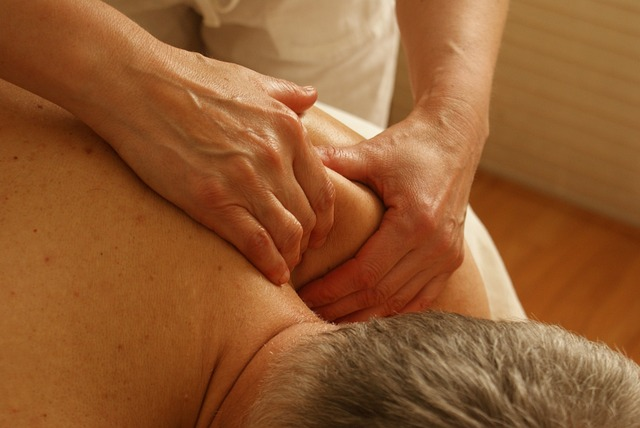
After diagnosing a shoulder injury, treatment becomes the focal point. The exact approach depends on the specific cause of the problem, but common options include conservative treatments, surgical treatments, and post-surgical rehabilitation.
Conservative Treatments
Conservative treatments are often the first line of defense in managing shoulder injuries. The goal is to relieve pain, reduce inflammation, and restore function without surgical intervention. Physical therapy plays a vital role in this process, with therapists designing rehabilitation exercises that patients can also perform at home to maintain progress.
Additional measures include rest, the application of hot and cold packs, and medication. Ice therapy is often used shortly after injury to manage pain and reduce inflammation, before transitioning to heat therapy after 72 hours to relax muscles. Supportive taping techniques can also provide relief during recovery.
Surgical Treatments
If conservative treatments aren’t effective, surgical intervention may be necessary. This can range from minimally invasive arthroscopy to more extensive open surgeries, depending on the severity of the injury. For instance, a complete rotator cuff tear might require arthroscopic repair, whereas irreparable tears might necessitate more complex procedures like reverse shoulder replacement.
However, surgery comes with possible risks such as:
- anesthesia complications
- infection
- nerve or blood vessel injury
- stiffness
- failure of tendon repair
- insufficient symptom improvement
Therefore, surgical intervention is typically considered a last resort after conservative treatments have proven ineffective.
Rehabilitation and Recovery
Successful recovery from shoulder surgery requires a commitment to rehabilitation. Following surgery, it’s crucial to wear a sling for 4 to 6 weeks, take care of the surgical site, manage pain with medication and ice therapy, and adhere to the prescribed rehabilitation protocol.
Physical therapy, tailored to the patient’s specific needs, is critical both before and after surgery. Therapists design rehabilitation exercises that patients can perform at home to maintain progress, while the patient is expected to rest and avoid activities that exert excessive stress on the recovering shoulder joint. Tendon tissue heals over approximately three months, but full recovery can take up to 12 to 18 months.
Preventing Shoulder Injuries

Although treatment of shoulder injuries is vital, prevention tops the priority list. Here are some ways to protect our shoulders from injury:
- Maintain proper posture
- Adjust the workplace for ergonomics
- Use correct weightlifting techniques
- Organize frequently used items to minimize strain
By following these tips, we can reduce the risk of shoulder injuries, including those related to the shoulder blade.
Proper Exercise Techniques
Adopting correct exercise techniques is fundamental to stave off shoulder injuries. Learning to lift weights with the correct form, for instance, is crucial. This includes bending the knees and keeping the object close to the body to prevent shoulder strain.
Improving posture is another essential preventative measure. Sitting straight, aligning the head with the screen, and stretching shoulders help in maintaining shoulder health and preventing pain.
Warm-Up and Stretching
Initiating physical activities with a warm-up is essential for safeguarding against shoulder injuries. Some recommended warm-up exercises for the shoulders include:
- Arm circles
- Shoulder rolls
- Shoulder shrugs
- Arm swings
- Shoulder stretches
Dynamic stretches and range-of-motion exercises increase blood flow and flexibility, which are crucial for shoulder health before strenuous activities.
A comprehensive shoulder warm-up routine should cover all planes of movement, including forward and backward flexion, adduction, and abduction, as well as internal and external rotation. Examples of effective shoulder warm-up exercises include standing straight-arm circles, standing shoulder rolls, shoulder swings, shoulder corkscrew, band pull-aparts, banded face pulls, and banded overhead reaches.
Strengthening Exercises
Consistent execution of shoulder-strengthening exercises is a potent strategy to boost shoulder stability and ward off injuries. These exercises, such as the standing shoulder press, seated dumbbell press, and lateral dumbbell raises, help strengthen the shoulder muscles.
Exercises targeting the rotator cuff muscles, such as lateral raises, external rotations, and scapular retractions, are particularly beneficial. These exercises enhance shoulder stability and prevent injuries. Bodyweight exercises like wall push-ups and scapular push-ups can be used to strengthen the shoulders without the need for equipment.
Recognizing When to Seek Medical Help

Identifying the right time to seek medical assistance is a critical aspect of managing shoulder injuries. Being aware of the warning signs and understanding the importance of timely treatment can significantly impact recovery outcomes.
Warning Signs
Certain symptoms should not be ignored when it comes to shoulder injuries. Intense shoulder pain, for instance, is a warning sign indicating the need for immediate medical attention. The inability to move the arm is another critical indicator that warrants prompt medical evaluation. Aching shoulder pain, though not as severe, should also be taken seriously to prevent further complications.
Visible deformities of the joint, such as a misshaped shoulder or a feeling that the shoulder socket is loose, are red flags requiring urgent care. Sudden and severe swelling in the shoulder, possibly due to shoulder joint bone spurs, is an additional sign that one should seek medical evaluation immediately.
Importance of Timely Treatment
Prompt intervention for shoulder injuries is pivotal to avert complications and secure the best recovery outcomes. Delaying treatment for conditions like:
- tendinitis
- bursitis
- rotator cuff tears
- frozen shoulder
- instability issues
can lead to worsening symptoms and reduced effectiveness of conservative treatments.
Early intervention for shoulder injuries can provide several benefits, including:
- Minimizing treatment costs by avoiding the progression of the injury to a more serious state
- Avoiding chronic pain
- Maintaining shoulder joint functionality
- Leading to faster recovery
- Positively impacting the individual’s quality of life and ability to perform daily tasks without significant limitation.
Expert Insight: Dr. Kevin Plancher’s Approach to Shoulder Injuries

Dr. Kevin Plancher, a recognized leader in the field of orthopedics and sports medicine, brings a wealth of experience and innovation to the treatment of shoulder injuries.
We’ll uncover more about his methodology next.
Minimally Invasive Techniques
Dr. Plancher’s practice is known for its progressive use of minimally invasive techniques in treating shoulder injuries. His expertise includes performing ACL and rotator cuff repairs through minimally invasive methods, aiming to reduce recovery time and enhance patient outcomes.
With minimally invasive procedures, patients can expect:
- Less post-operative pain
- Minimal scarring
- Reduced risk of complications
- Faster return to normal activities
This approach has revolutionized the treatment of shoulder injuries, offering patients a more efficient path to recovery.
Robotic Surgery Options
In addition to minimally invasive techniques, Plancher Orthopaedics & Sports Medicine also offers state-of-the-art robotic surgery options. Robotic surgery represents the latest advancement in orthopedic treatment, providing a high degree of precision and control.
This technique can be particularly beneficial in complex cases where traditional surgical methods might fall short. Robotic surgery can lead to:
- Improved surgical outcomes
- Reduced risk of complications
- Less post-operative pain
- Faster recovery times
Dr. Plancher’s Role as a Team Physician
In addition to his clinical practice, Dr. Plancher is deeply involved with sports teams, serving as a team physician for the US Ski Team and other sports teams. His role as a team physician gives him a unique perspective on sports-related shoulder injuries, further enhancing his expertise in this field.
This experience, combined with his innovative approach toward the treatment of shoulder injuries, makes Dr. Plancher a highly sought-after expert in the field of sports medicine and orthopedics. His commitment to his patients and his dedication to advancing the field of orthopedics are truly inspiring.
Summary
To sum up, understanding shoulder injuries and their treatment options is critical to managing shoulder pain effectively. From rotator cuff tears and frozen shoulder to shoulder dislocation and tendonitis, these conditions can significantly impact one’s quality of life. However, through comprehensive treatment strategies, proper exercise techniques, and preventive measures, it’s possible to manage these conditions effectively. Expert insights from industry leaders like Dr. Kevin Plancher, with his innovative minimally invasive techniques and advanced robotic surgery options, further enhance the landscape of shoulder injury treatment and recovery.
Frequently Asked Questions
How can I tell if shoulder pain is serious?
If you experience shoulder pain with a fever, swelling, or redness, significant pain with shoulder movement, pain lasting more than 2 to 4 weeks despite home treatment, or swelling and skin discoloration in the shoulder area, contact your healthcare provider for an evaluation.
Is my shoulder strained or torn?
Based on the symptoms you’re experiencing, it’s important to consult a healthcare professional to determine whether you have a shoulder sprain or strain as they have similar symptoms. Both injuries can limit arm movement and cause pain.
What are 2 warning signs of a rotator cuff tear?
Two warning signs of a rotator cuff tear are difficulty, pain, and weakness when raising, lowering, or rotating your arm, and popping, clicking, or crackling sounds when moving your arm in certain positions. If you’re experiencing shoulder pain that worsens at night or when resting your arm, it may also indicate a rotator cuff tear.
What are 3 common shoulder injuries?
Some common shoulder injuries include arthritis, bursitis, and dislocated shoulder joint. These injuries can cause pain and limited mobility.
How do I know what type of shoulder injury I have?
To determine the type of shoulder injury you have, your doctor will conduct a physical exam to assess your range of motion and check for swelling, deformity, and other abnormalities. X-rays, MRIs, and ultrasound may also be used to identify specific injuries to the bones, ligaments, and tendons surrounding the shoulder joint.




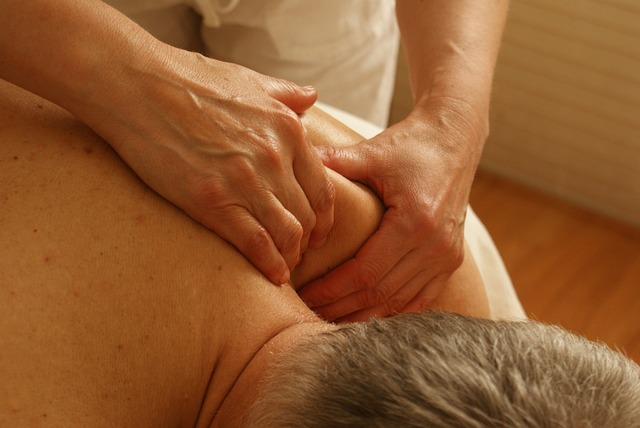

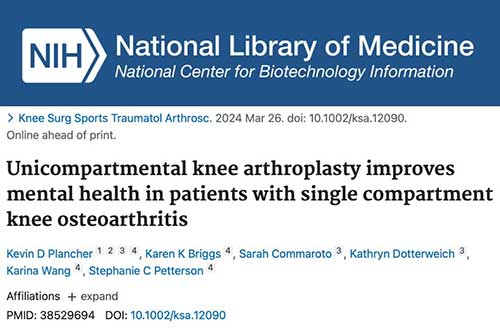



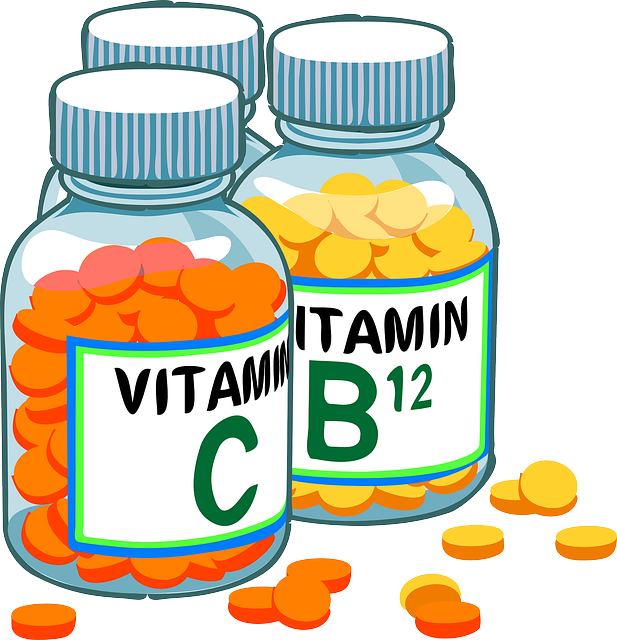

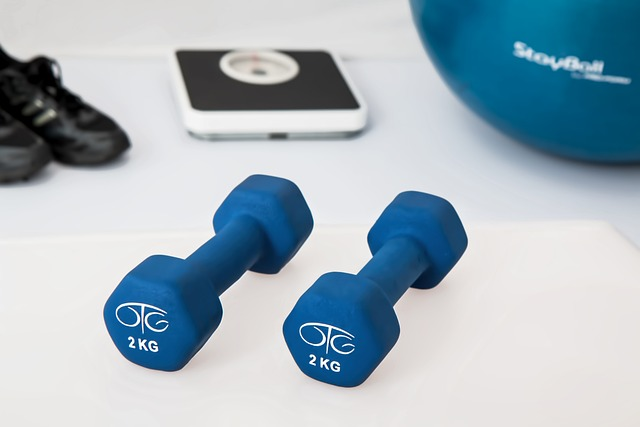
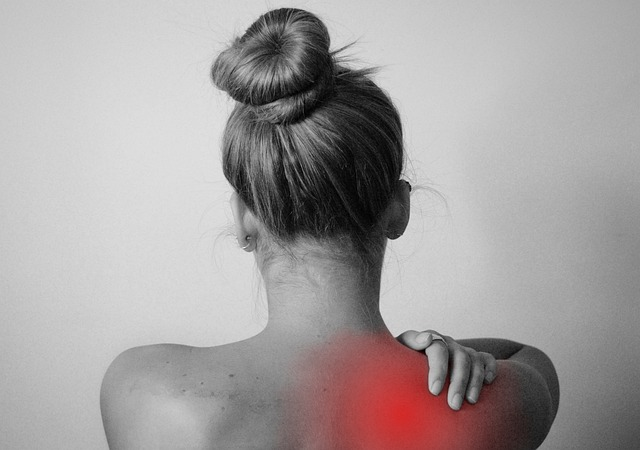
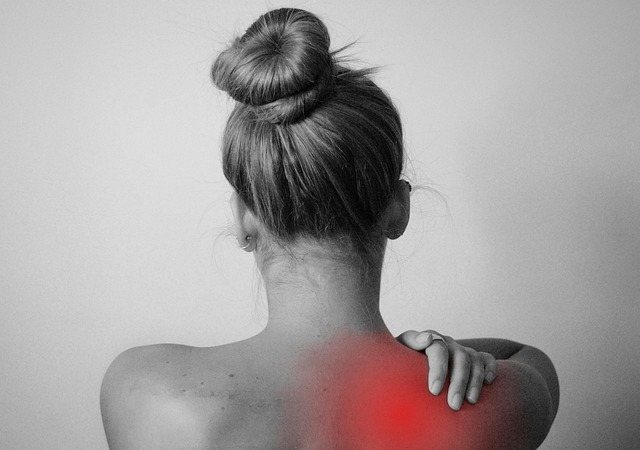
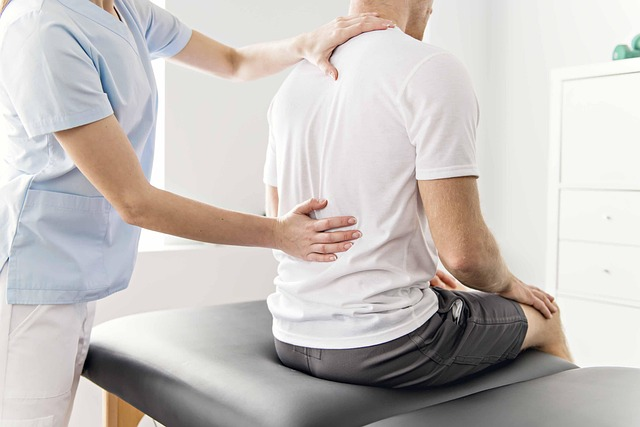
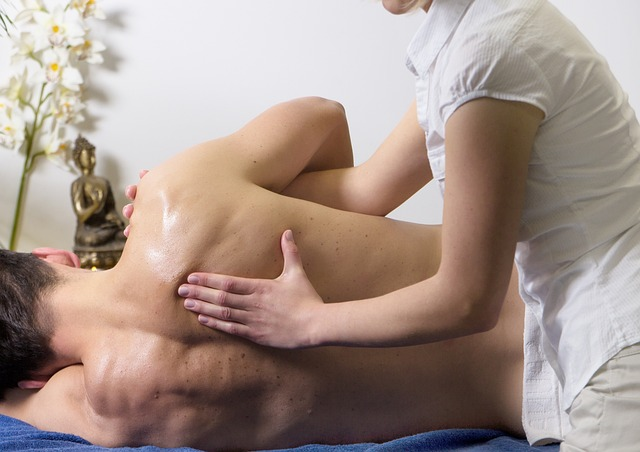

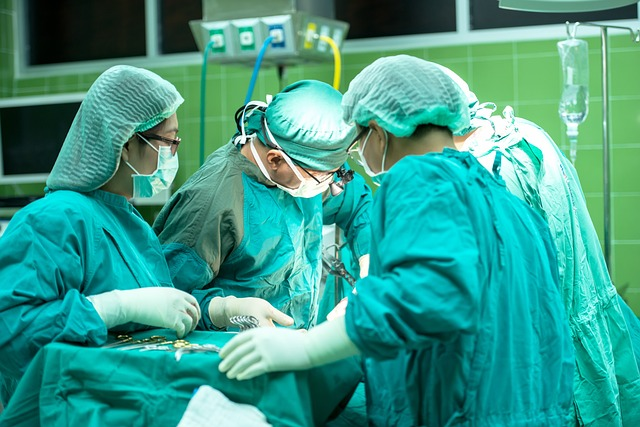
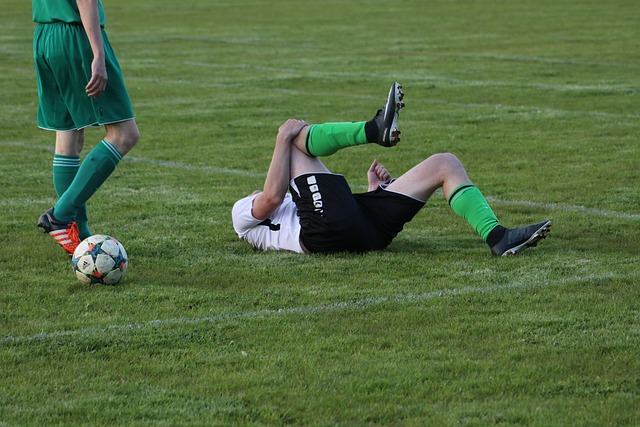
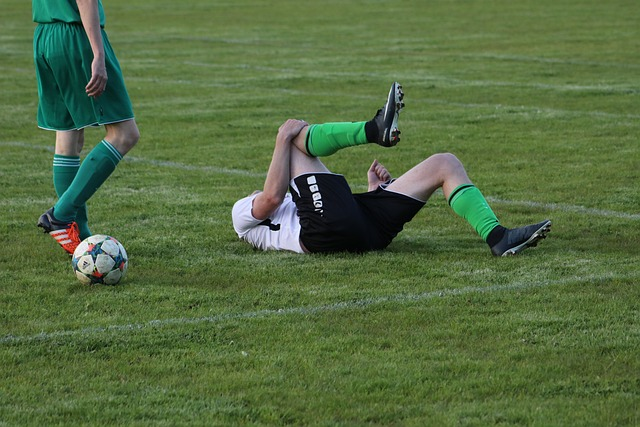
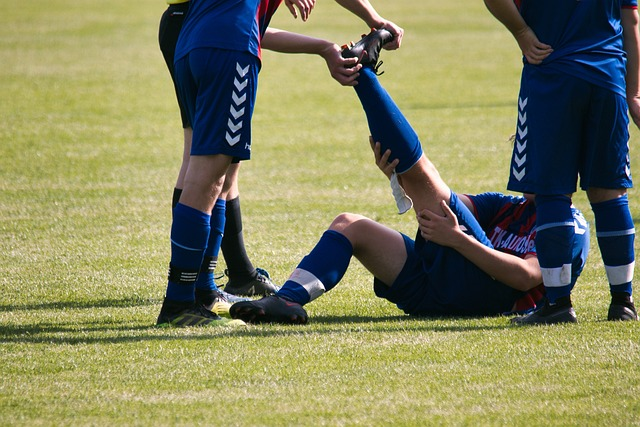


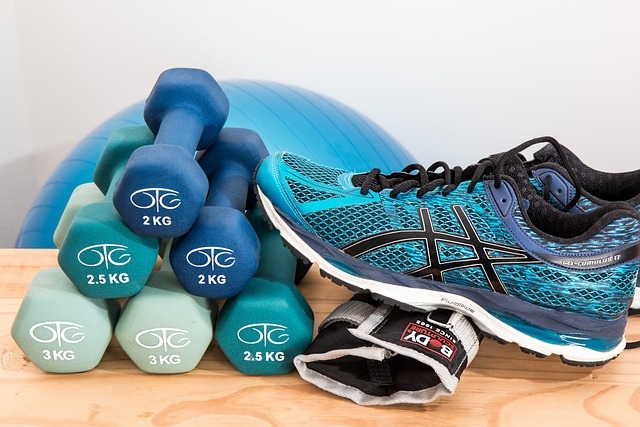
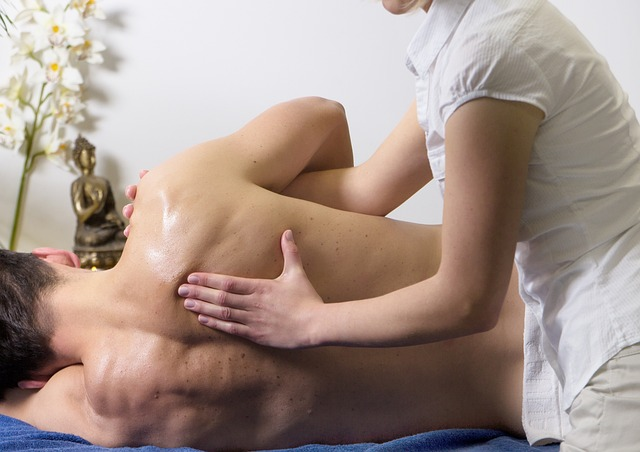

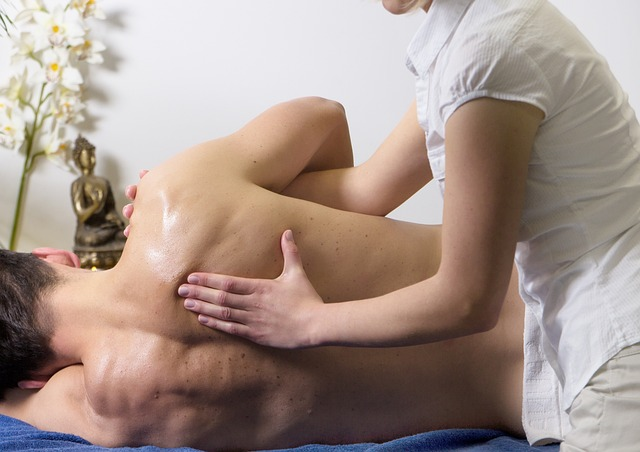
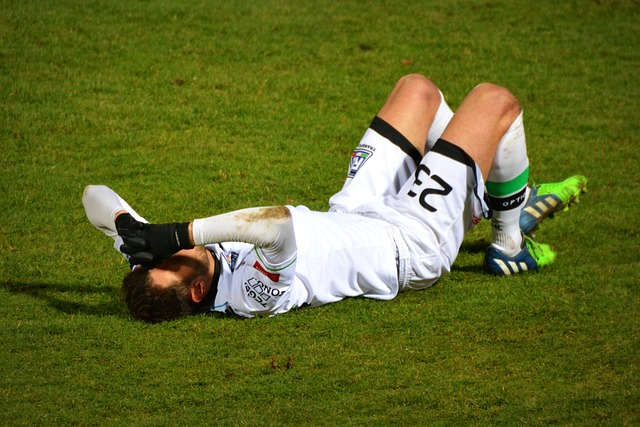
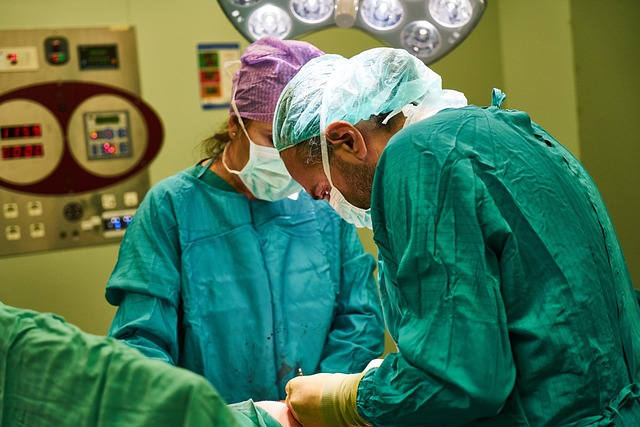
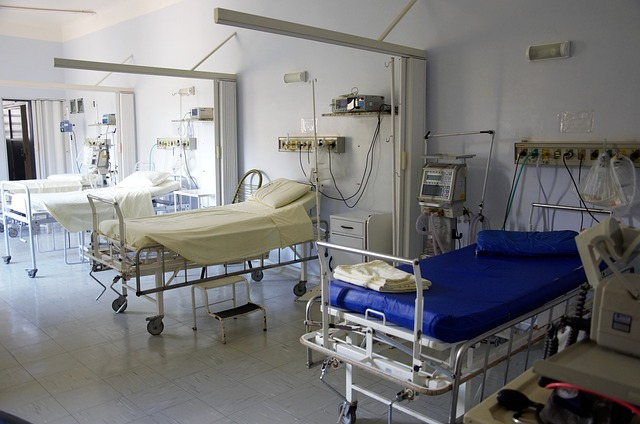
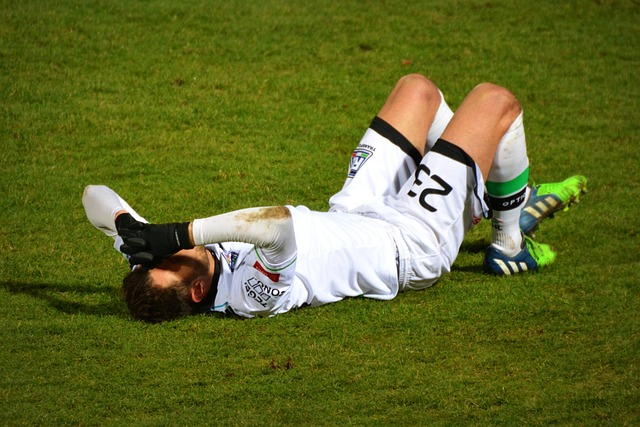
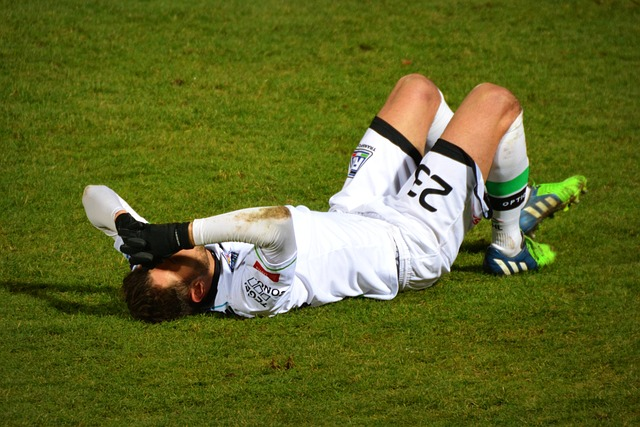

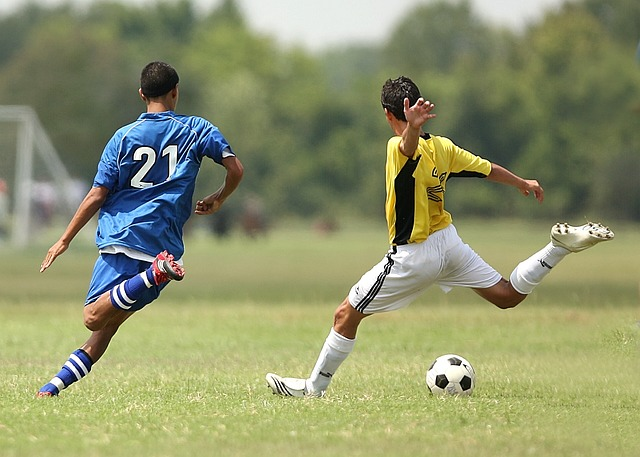

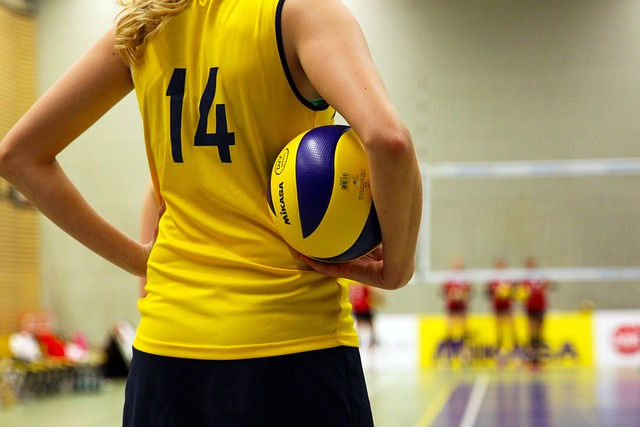

 Dr. Kevin Plancher was honored to attend the Australian Orthopaedic Association’s (AOA) COE2024 Hip and Knee conference as an international guest and Keynote Speaker alongside Javad Parvizi. While in attendance, Dr. Plancher presented ACL rupture in the young adult with unicompartmental OA – My approach., How I manage balancing in TKA, and Outpatient Arthroplasty. He also served on the panel for Complex Case Panel Discussion “What would I do”: Knee scenarios.
Dr. Kevin Plancher was honored to attend the Australian Orthopaedic Association’s (AOA) COE2024 Hip and Knee conference as an international guest and Keynote Speaker alongside Javad Parvizi. While in attendance, Dr. Plancher presented ACL rupture in the young adult with unicompartmental OA – My approach., How I manage balancing in TKA, and Outpatient Arthroplasty. He also served on the panel for Complex Case Panel Discussion “What would I do”: Knee scenarios.
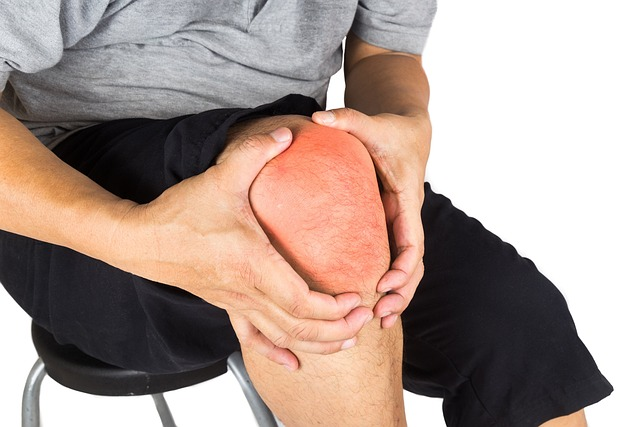
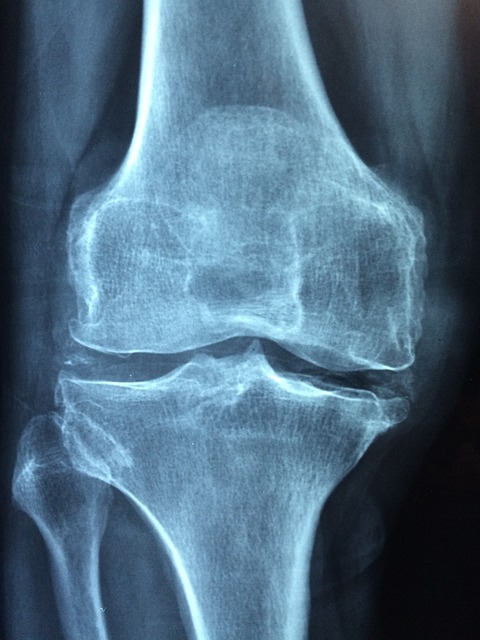
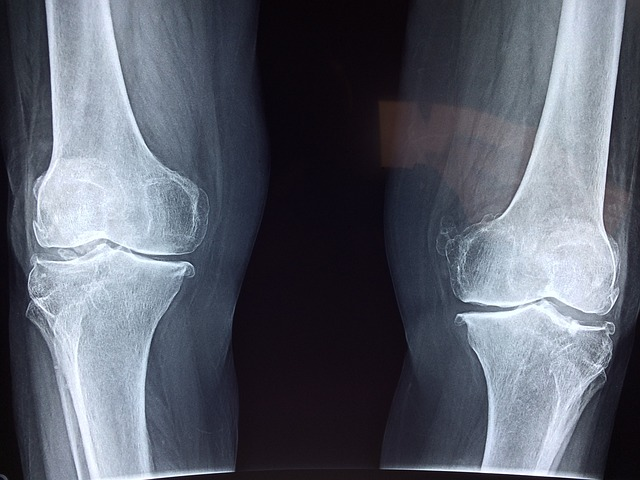
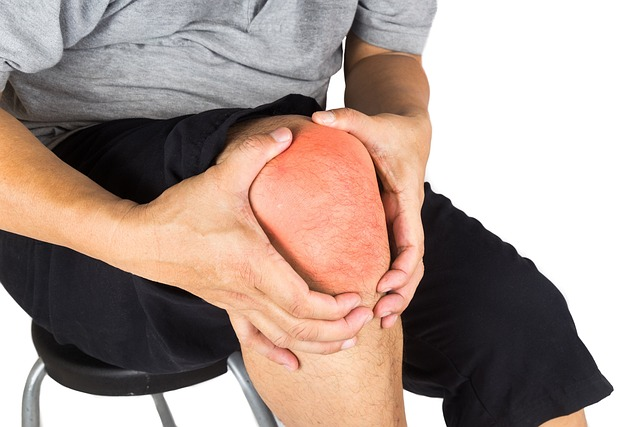

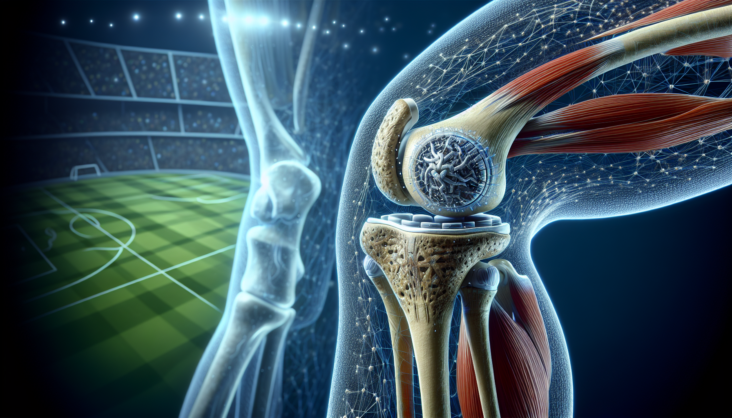
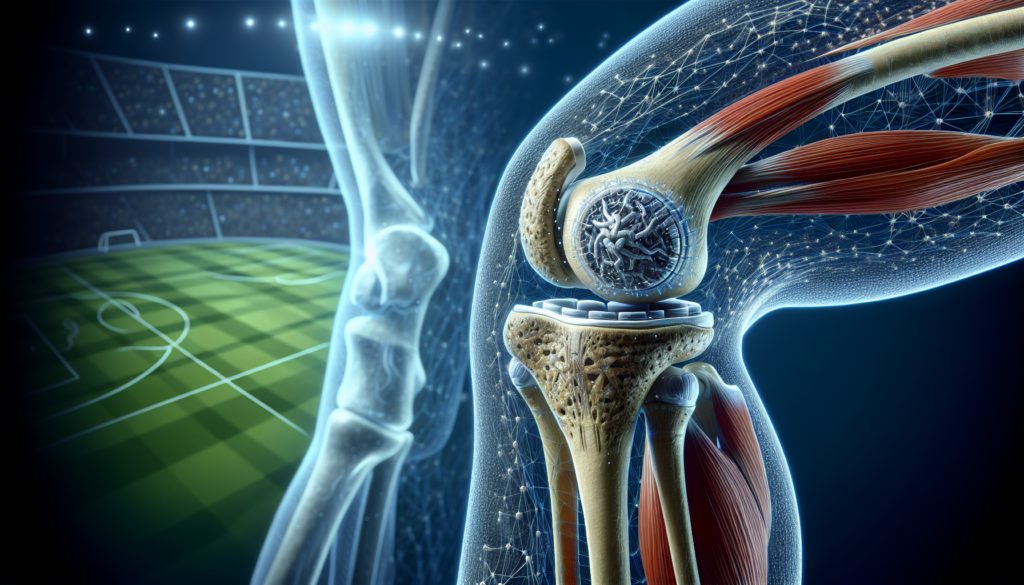
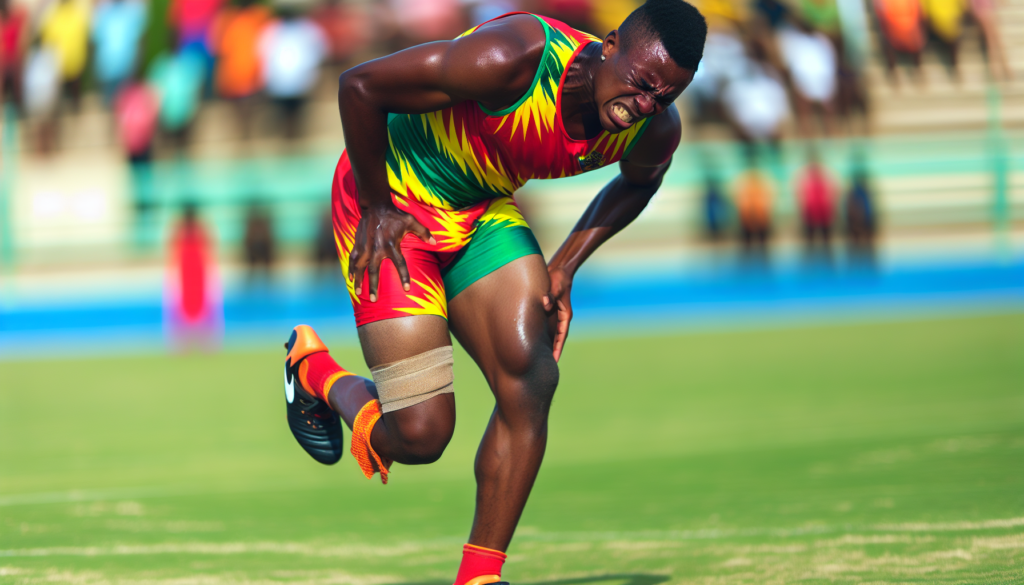
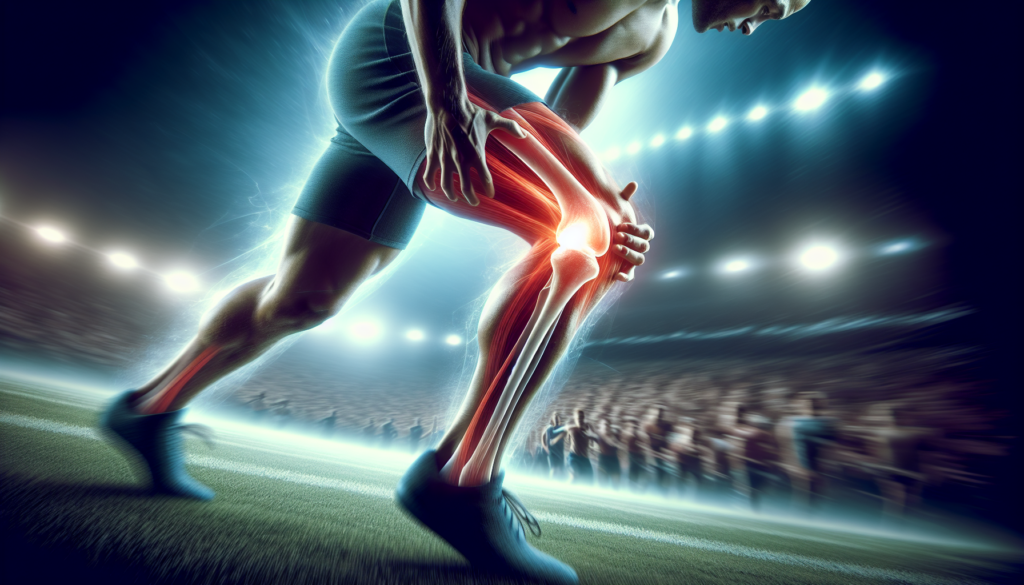
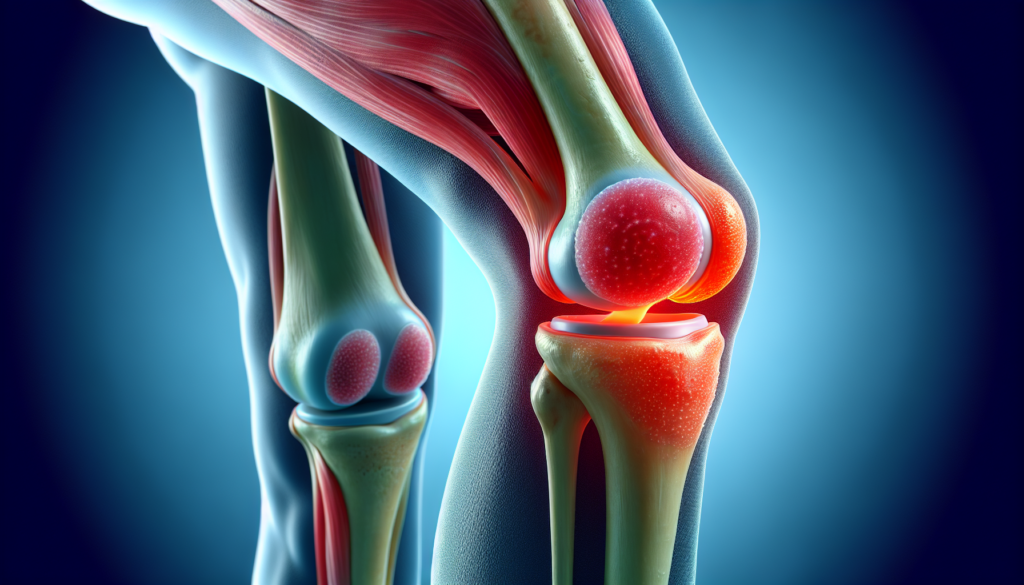
 William D. Murrell, MD
William D. Murrell, MD Thomas B. Evely, DO
Thomas B. Evely, DO Clifford Voigt, MD
Clifford Voigt, MD Karthikeyan Chinnakkannu, MD
Karthikeyan Chinnakkannu, MD Max N. Seiter, MD
Max N. Seiter, MD Demetris Delos, MD
Demetris Delos, MD Lauren M. Fabian, MD
Lauren M. Fabian, MD